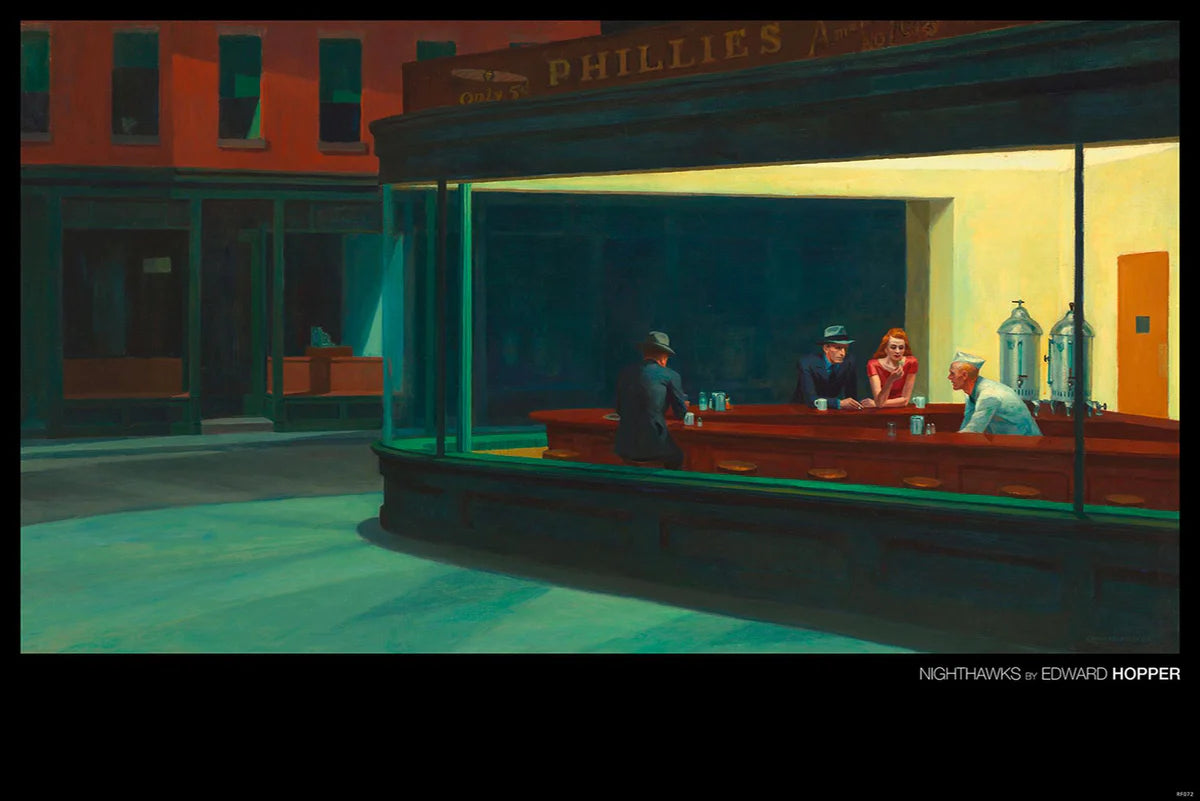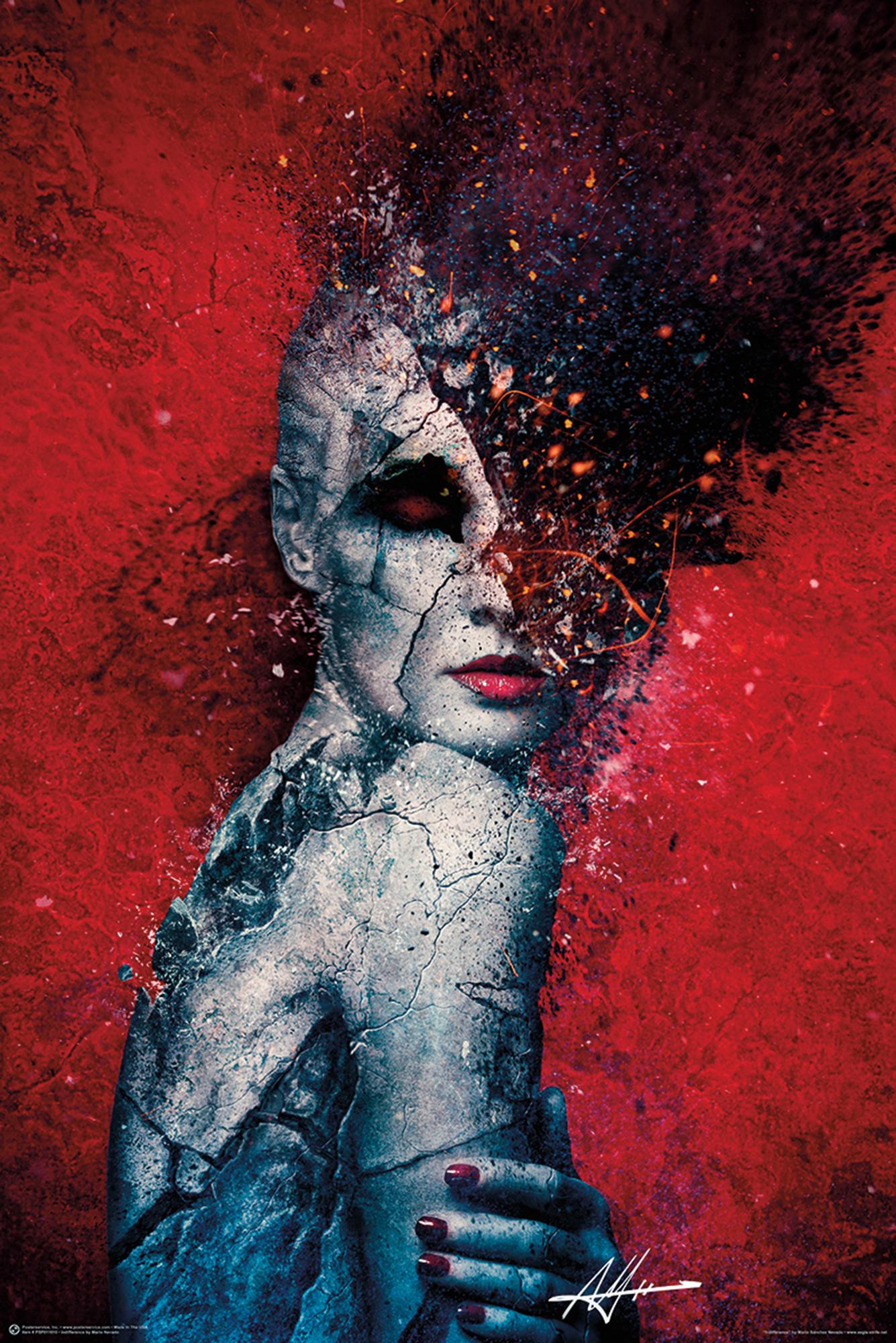Jan Davidszoon de Heem was a 17th-century Dutch painter known for his exceptional still life paintings. His works are notable for their remarkable attention to detail, vivid colors and masterful composition.
De Heem was born in Utrecht in 1606 and achieved widespread recognition during the Dutch Golden Age. He spent much of his artistic career in Antwerp, where he was influenced by the Flemish still life tradition.
One of the most well-known motifs in De Heem's work is the flower vase. He painted opulent arrangements of flowers in elaborately designed vases. The flowers are often in full bloom and display an amazing variety of colors and shapes. De Heem was particularly adept at realistically depicting the textures of the petals and the lighting effects that surround them.
In addition to the flower vase motifs, De Heem also painted still lifes with fruit, bowls, glasses and other everyday objects. His compositions are extremely balanced and yet appear dynamic. He skillfully arranged the objects in order to achieve a harmonious balance between colours, shapes and textures.
Jan Davidszoon de Heem's paintings were in high demand in his day and were prized by wealthy collectors and nobles. Today his works can be admired in renowned museums around the world, including the Rijksmuseum in Amsterdam, the Louvre in Paris and the National Gallery in London.
Jan Davidszoon de Heem's work demonstrates his exceptional artistic ability and his sense of beauty and harmony. Even today, his still life paintings fascinate with their attention to detail and aesthetics and represent him as one of the most important masters of still life painting.
You can find the corresponding poster here:



